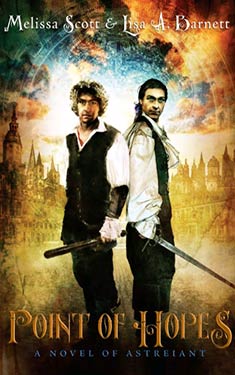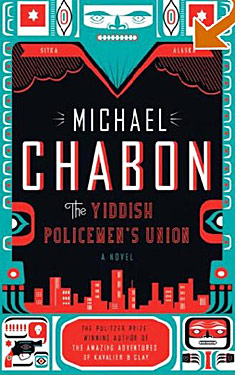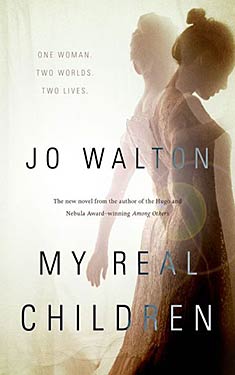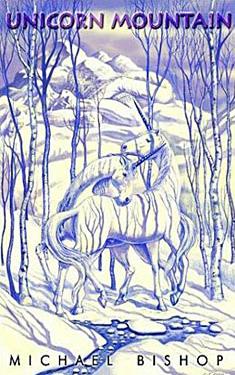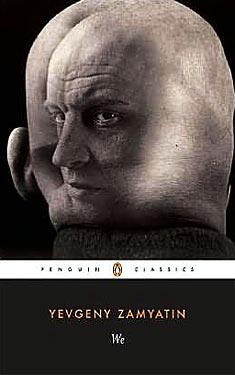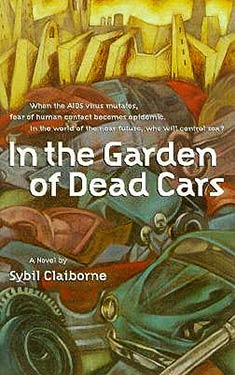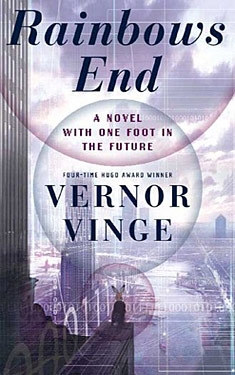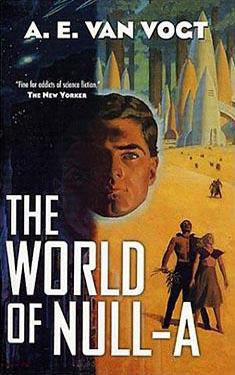Neil Gaiman
Completed 3/2013, reviewed 5/24/2013
5 stars
The Graveyard Book is a wonderful horror novel for young
teens. The story follows the young life
of an infant whose parents are murdered. He is found, reared, and protected by the
ghosts of a graveyard. At various times
in my reading of it, I thought the premise of the book was too dark for the
targeted age group. But not being a
parent, I eventually gave up my concerns and just enjoyed a great story.
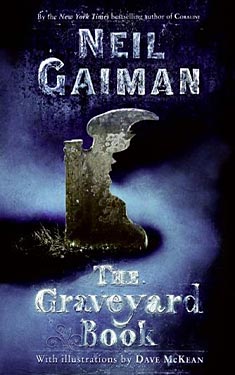 The ghosts in the graveyard are wonderfully endearing. They work together to protect and raise
Bod. They are an eclectic group from
different eras, different classes, and different temperaments. They are a joy to meet. I wished the book was longer so we could
spend more time with the ghosts and get more development of their stories.
The ghosts in the graveyard are wonderfully endearing. They work together to protect and raise
Bod. They are an eclectic group from
different eras, different classes, and different temperaments. They are a joy to meet. I wished the book was longer so we could
spend more time with the ghosts and get more development of their stories.
I have to say I loved every chapter of the book. I want to particularly mention the Danse
Macabre. It is an incredibly bizarre and
engrossing sequence. It reminded me of
some of the bizarre scenes from Clive Barker.
Now that I am writing about it, I don’t quite know what to say about
it. I think I just loved the bizarreness
of it, how the living and the dead can be bewitched into a dancing frenzy, and
afterwards not be remembered by living, or spoken of by the dead.
I loved Bod’s attempts to become integrated with the living,
walking through town, going to school, and meeting a girl. Yeah, it’s kind of the typical disaffected
teenager story, but I really enjoyed it.
It’s been a while since I read the book, so I don’t have
that many specifics anymore. What comes
to me when I reminisce about the book is the warm feeling I had while reading
it. It is easily a 4 star book, with
great characterization and imaginative scenarios.
Postscript 3/1/2016:
A few months after writing this review, I had the opportunity to listen
to the book on CD read by Gaiman. When
we got to the end, I had tears rolling down my eyes. I had to be careful though because I was driving
back from Alaska, and simply breaking down wasn’t an option. Because of this I elevated the rating from 4
stars to 5. Now when I think back on the
book, I just don’t get a warm feeling inside, I get a very powerful emotional
response.
